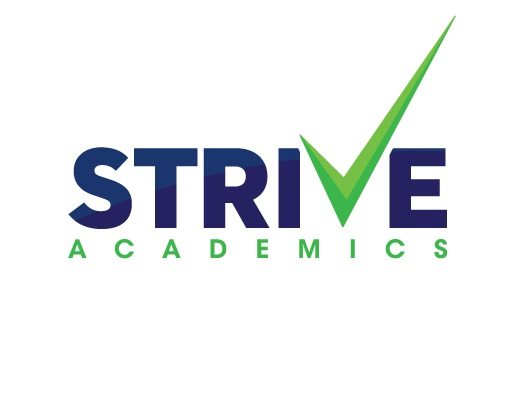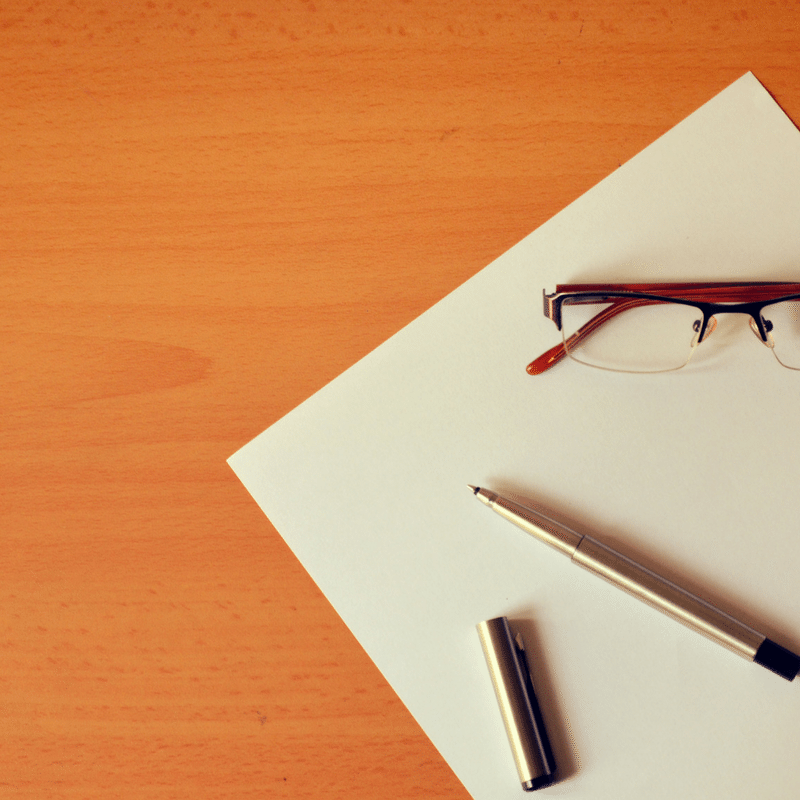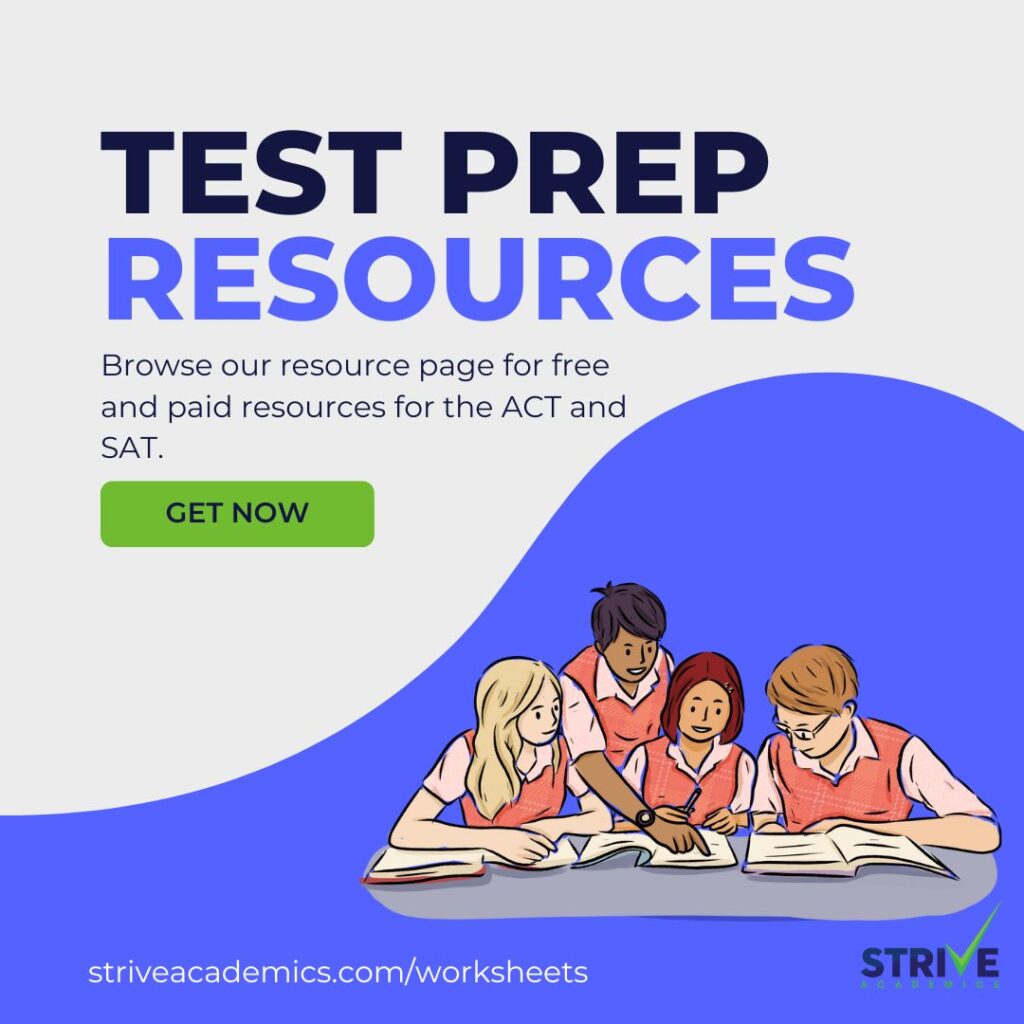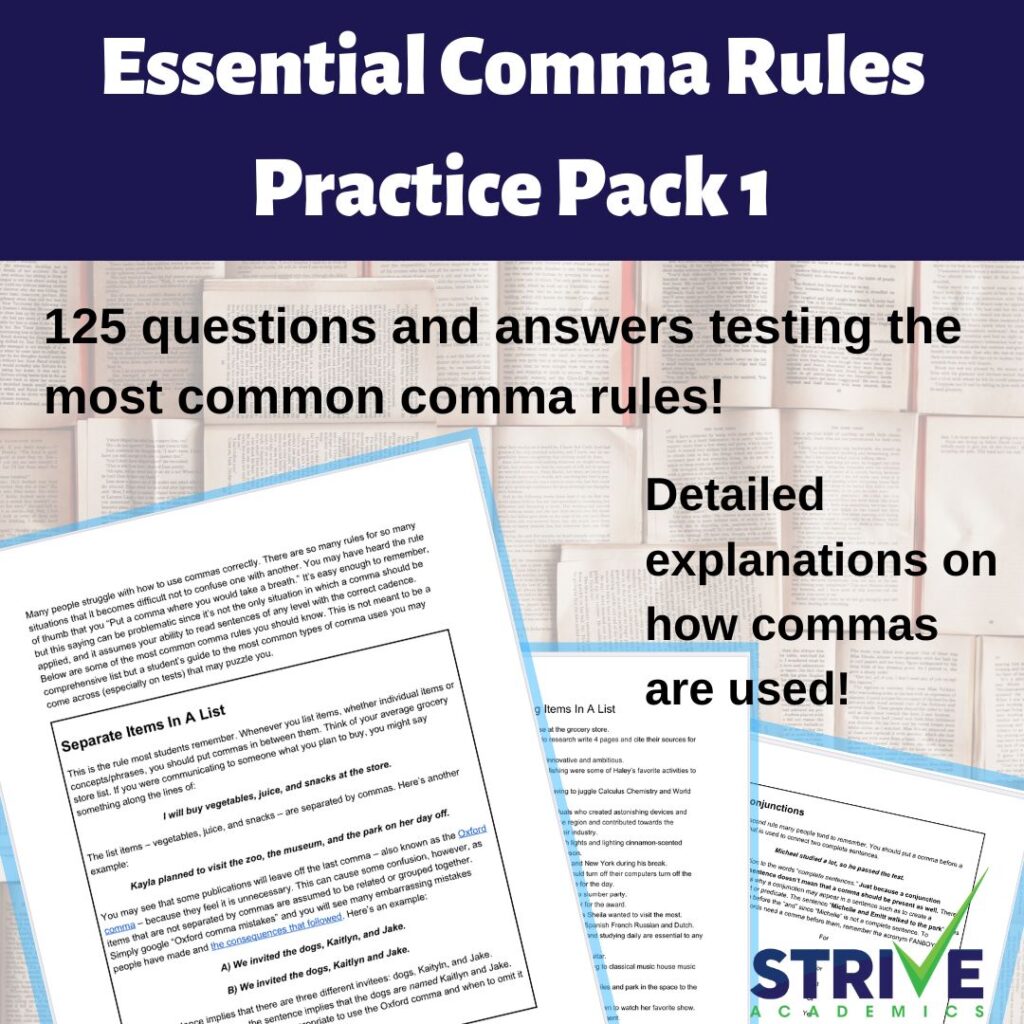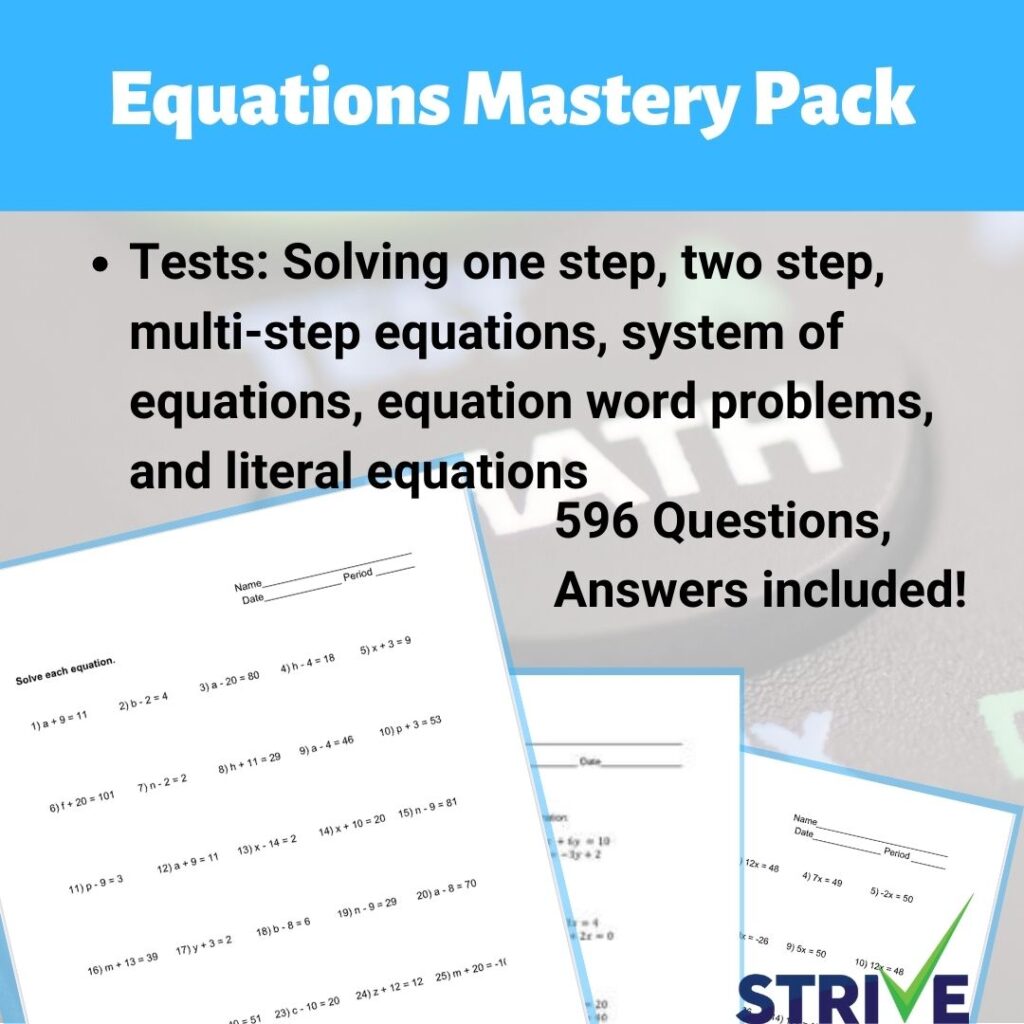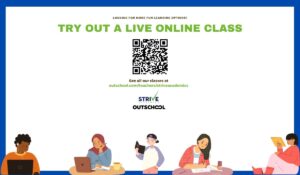40 Things You Should Know For The ACT
Studying for the ACT can be quite the undertaking. You will likely go over most of the concepts covered on the test in your classes, but there are certain things that don’t get as much attention during the school year. Additionally, prioritizing what to do during study time or on the test can be difficult to decide. Here are 40 tips for the ACT that we commonly give students to ensure that they can do their best on the test.
General Tips
- If there are any spots left on the test, pick one letter and bubble it in for the rest of the remaining questions.
- If you study the night before, do a light review of the information you have already covered. Do not go over new information at this point. Don’t cram.
- Get plenty of sleep the night before the test, and make sure to eat a healthy breakfast the day of.
- Lay out everything you will need for the test the night before. You should be able to almost roll out of bed and go straight to the test. Lay out: clothes, pencils, pencil sharpener, calculator, extra batteries for your calculator, watch (that doesn’t make a sound), your photo ID, your admission ticket, snacks.
- Don’t bring: cell phone (if you do, make sure it’s turned off during the entire time of the test, even during breaks) and other technology, notes, books, a pencil that is not #2.
- In the math section, questions start off easier and get progressively harder. Spend less time with on the earlier questions to give more time for the harder ones.
- You don’t have to answer questions in order. Feel free to skip around and start with passages/questions that are easier/more interesting to you. Save the tough questions until after you have completed all the easier ones.
- Pay close attention to what the question is actually asking you to do.
- If time is an issue, practice while pacing yourself. Do practice problems while timing yourself with a wristwatch (like you will do on the exam).
- Study consistently each day for the test. 30 minutes per day can go a long way. Remember to not only do practice problems but read explanations of why you missed any questions and try to understand the concept more.
English
- Read out loud to yourself. Read the words how you would say it to someone else. This will help you get a better feel for where the punctuation goes and how the sentences work grammatically. If it seems odd, it may be incorrect.
- Use commas where a breath is needed or to separate extra information from the rest of the sentence. To identify what is extra information, draw a light line through everything but the subject, it’s verb, and any object of the verb.
- Avoid wordiness. The correct answer should contain relevant information and shouldn’t repeat information within the same sentence.
- Pay attention to the tense of the verbs in the rest of the paragraph. The correct answer will likely be in the same tense.
- Pay attention to the form of the verbs in the rest of the sentence. The correct answer likely has the verb in the same form (e.g. Talking…walking/ NOT talking….to walk/walked/he walked, etc.)
- The choice that gets the important points across with the least words is often correct.
- Review these grammar rules:
- Subject-verb agreement
- Pronoun agreement
- Using adjectives and adverbs
- Comparative and superlative adjectives
- Punctuation: commas, semicolons, colons, and dashes
- Conjunctions (always have a comma before it if between two complete sentences):
- FANBOYS
- For
- And
- Nor
- But
- Or
- Yet
- So
- FANBOYS
- Pay attention to the answer choices. What is changing and what is staying the same?
Math
- Memorize the necessary formulas. They are not provided on the test.
- If you don’t know how to approach the problem, try substituting the answers into the problem (start with the middle answer choices).
- If you don’t understand the math (especially in problems where the answer choices still have variables), try plugging in numbers that make sense for the problem. Choose numbers that you can calculate easily (Usually 1,2,3 and 10 work well).
- When tackling word problems, read one sentence at a time. After each sentence, write out any numbers or relationships between the numbers to the side.
- Redraw any shapes and diagrams the test gives you. Don’t be afraid to turn your page around to view it from different angles. The different perspective(s) will help you understand the relationship between the elements in the diagram.
- Pay close attention to units of measurement. If any unit of measurement is mentioned, make sure everything else in the problem is in that unit of measurement; you may need to convert.
- Know when not to use your calculator. Don’t use your calculator for simple operations like one or two-digit addition. Doing so only takes more time to put it into the calculator, and it will make each of the more difficult problems take longer.
Reading
- Pay attention to the big picture of the passage and what it’s all about.
- The questions often appear in the order of when they appear in the passage (not including general questions about the passage as a whole)
- Take notes, underline, circle information as you read the passage.
- When answering a question about the meaning of a word or sentence, read the sentences before and after it for more context.
- If you’re not a fast reader, consider going straight to the questions first and referring back to the passage for the answers. Read the answer choices to give you an idea of what you should be looking for.
- As you’re reading, pay attention to the tone of the author and the characters in the passage. How would you describe their emotions?
- Remember that authors choose their words for a reason when writing. Think: what is the author trying to make you think/feel?
- Pay attention to the ideas that are mentioned frequently. This is likely the main idea.
Science
- Most information you need will be given in the passages and charts/graphs. Don’t worry if you do not have a lot of background in science or don’t understand the terms.
- Don’t overthink any technical terms you are given. You don’t need to know what it means, you just need to know what the passage is saying about it.
Writing
- Review sample essays and the ACT Writing Test Scoring Rubric to better understand what you should include in your writing.
- Remember the 4 Cs of writing. Good writing is:
- Clear
- Concise
- Consistent
- Has Complete Sentences
- Address the counter arguments in addition to your point of view. You should provide evidence about why your point of view is better than each other perspective.
- Spend 5-7 minutes at the beginning of this section on planning and creating a basic outline of your passage.
- Write a strong introduction and conclusion.
Looking for more help? Check out our ACT practice worksheets.
View our resources
Strive Resources | TpT | Made By Teachers | Classful | Etsy
